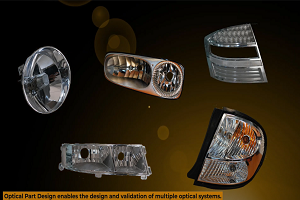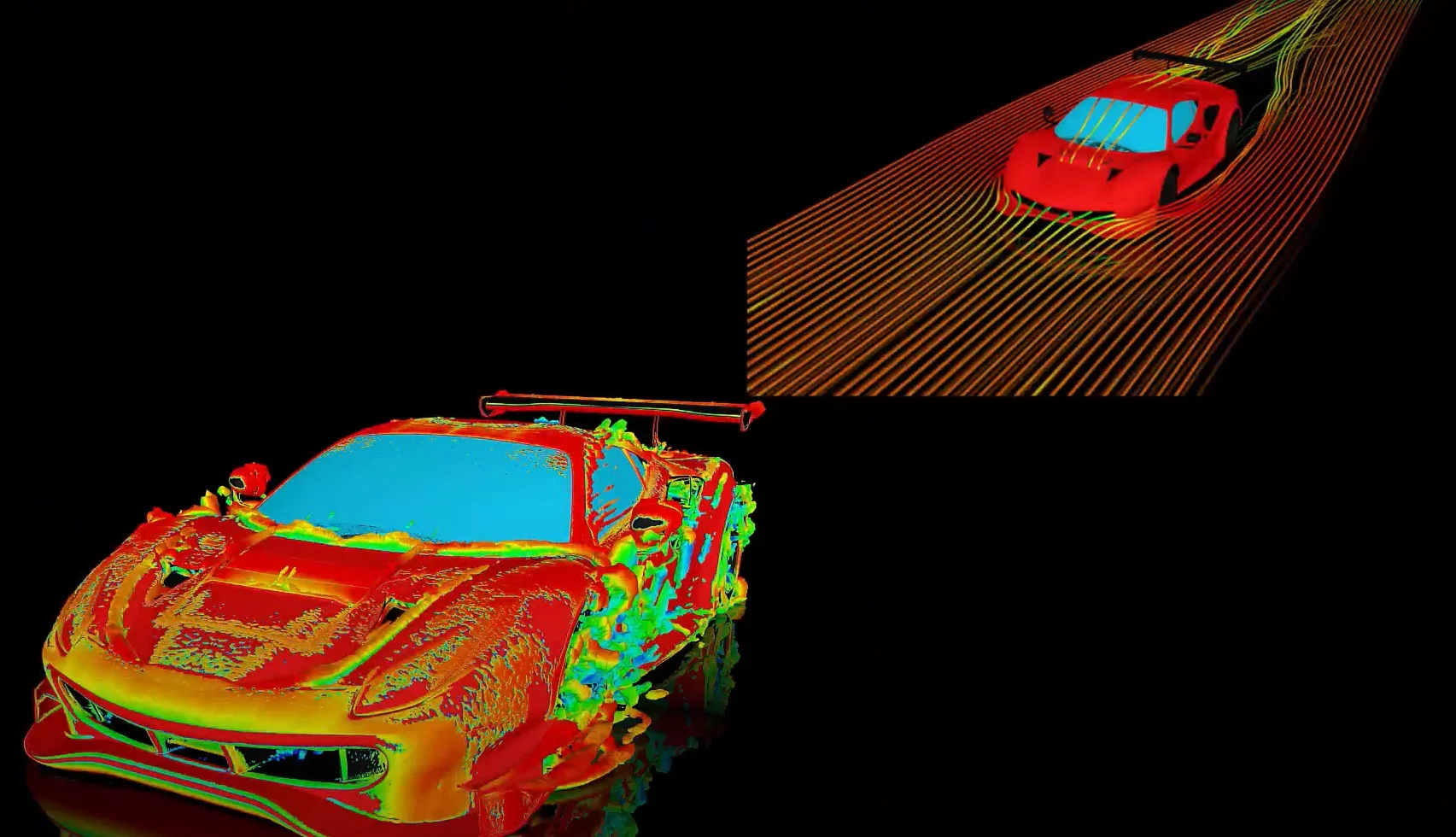My thermal solution for a problem using the Radiosity Method looks physically plausible, but certain “hot spots” are not in the expected location. What ways exist to refine the solution?
-
-
March 17, 2023 at 9:00 am
 FAQParticipant
FAQParticipant1- Although the radiosity method resolves the non-linearity in one substep, it is sometimes of benefit to force a radiosity problem to do two substeps. 2 – The radiosity equations are solved with the Gauss-Seidel method by default, and the default convergence (TOLER on the RADOPT command) is 0.1. This tolerance is applied to the rate of change of the solution; however, sometimes the method only very slowly approaches the solution and terminates too quickly. Changing this value to .0001 will force more GS iterations. One can replace the GS method with the direct solver, but this is not advisable for 3D problems or for very-large 2D problems.
-


Introducing Ansys Electronics Desktop on Ansys Cloud
The Watch & Learn video article provides an overview of cloud computing from Electronics Desktop and details the product licenses and subscriptions to ANSYS Cloud Service that are...

How to Create a Reflector for a Center High-Mounted Stop Lamp (CHMSL)
This video article demonstrates how to create a reflector for a center high-mounted stop lamp. Optical Part design in Ansys SPEOS enables the design and validation of multiple...

Introducing the GEKO Turbulence Model in Ansys Fluent
The GEKO (GEneralized K-Omega) turbulence model offers a flexible, robust, general-purpose approach to RANS turbulence modeling. Introducing 2 videos: Part 1 provides background information on the model and a...

Postprocessing on Ansys EnSight
This video demonstrates exporting data from Fluent in EnSight Case Gold format, and it reviews the basic postprocessing capabilities of EnSight.

- How to reduce contact penetration?
- What is the difference between secant and instantaneous coefficients of thermal expansion (CTE)?
- How to decide which side should be Contact and which should be target in Contact definition?
- Does ECAD trace mapping support more than one type of trace material (usually copper) in the same layer?
- How to use the Newton-Raphson residuals option under Solution Information?
- How to plot stresses of a beam connection in Workbench?
- How can I understand Beam Probe results?
- How to find total heat flowing through a surface in Mechanical?
- Difference Between Environment Temperature and Reference Temperature in Mechanical
- How can I apply a controlled rotation in ANSYS Mechanical

© 2025 Copyright ANSYS, Inc. All rights reserved.

